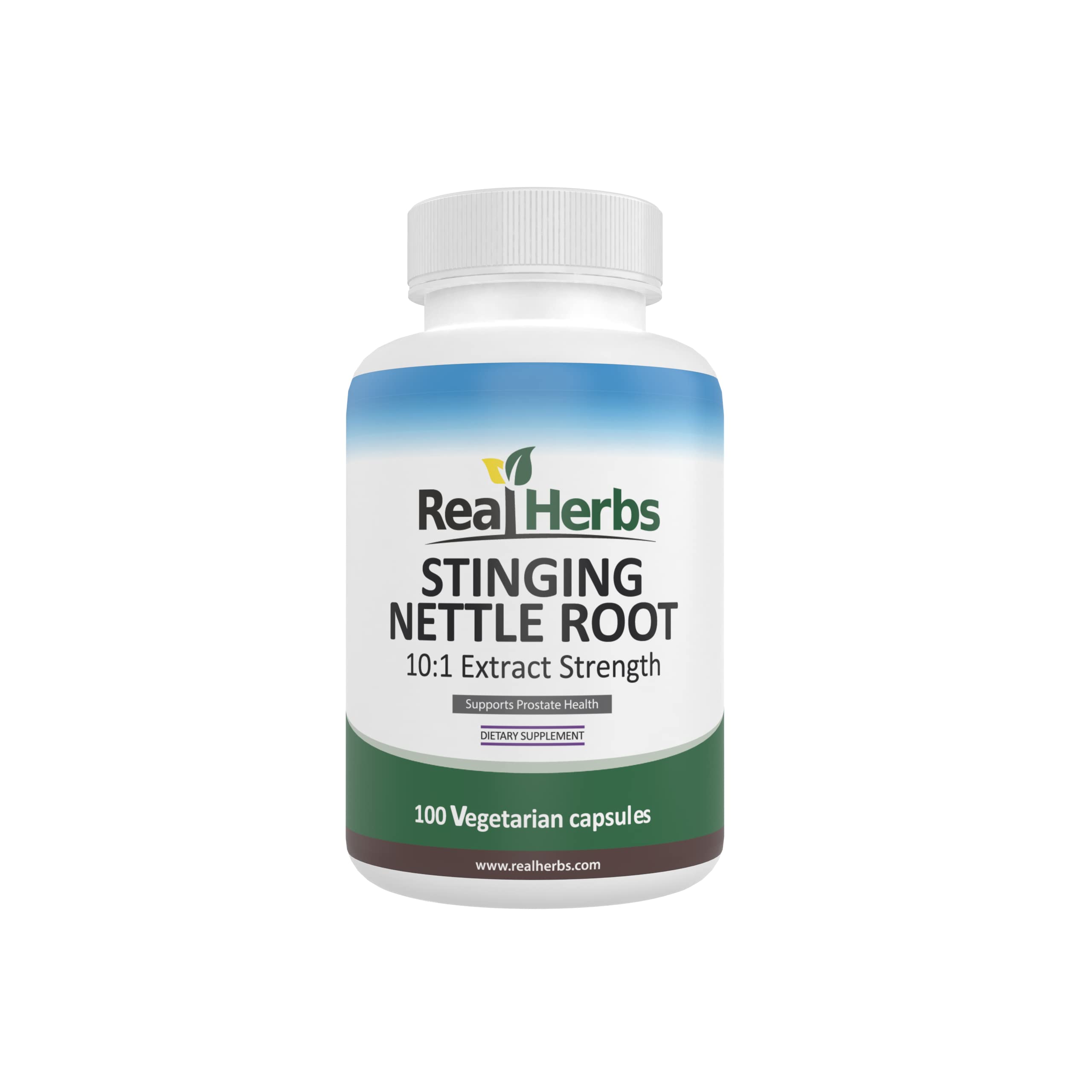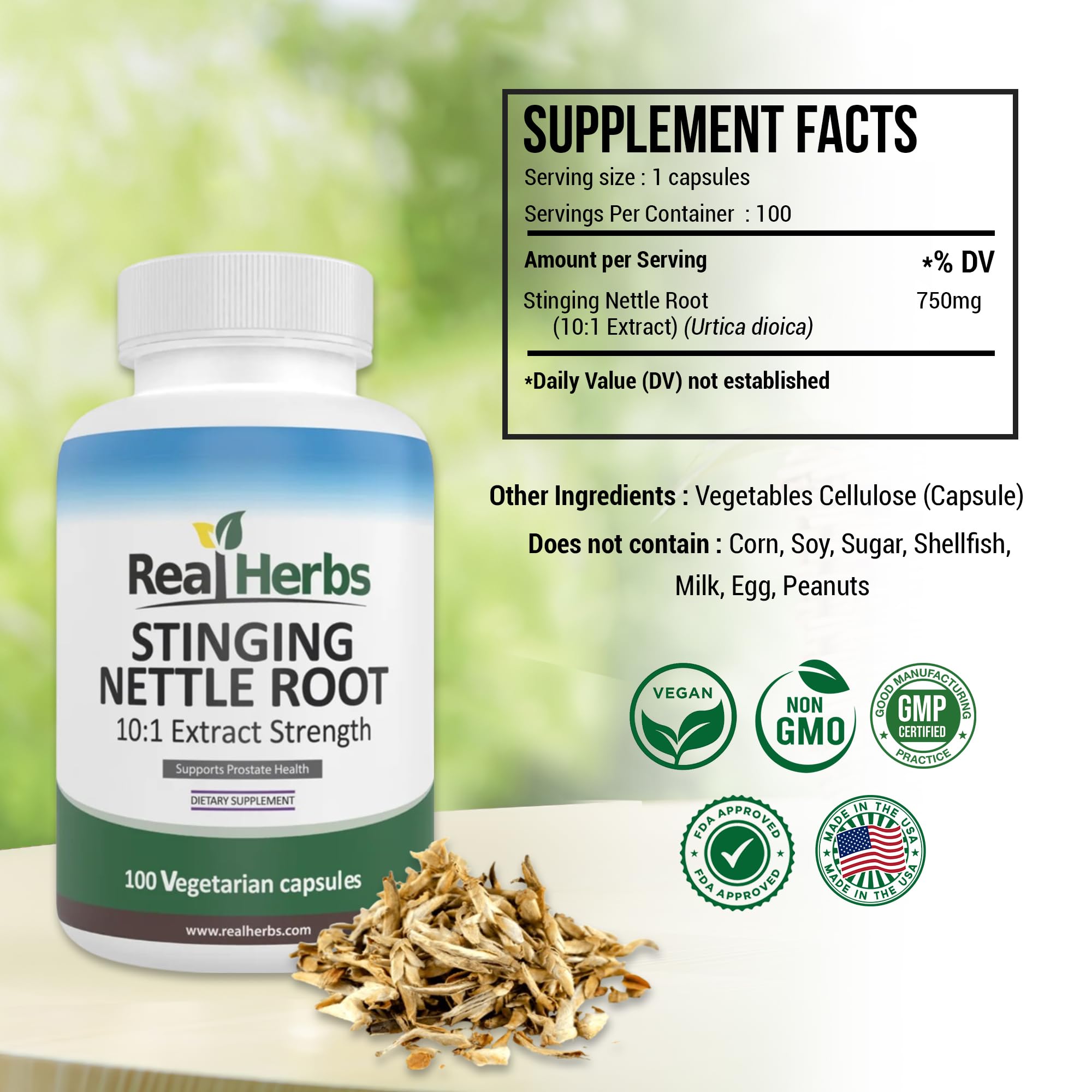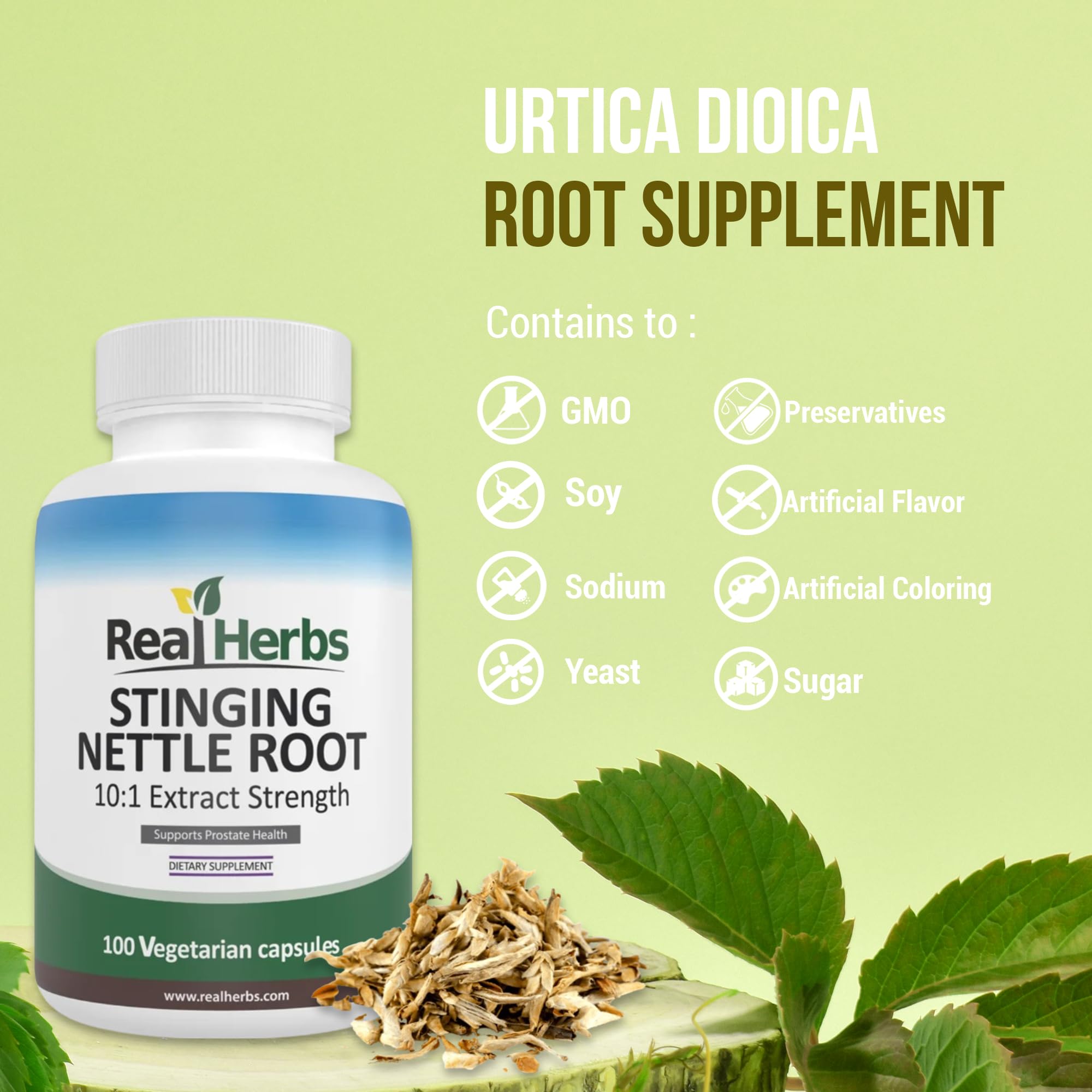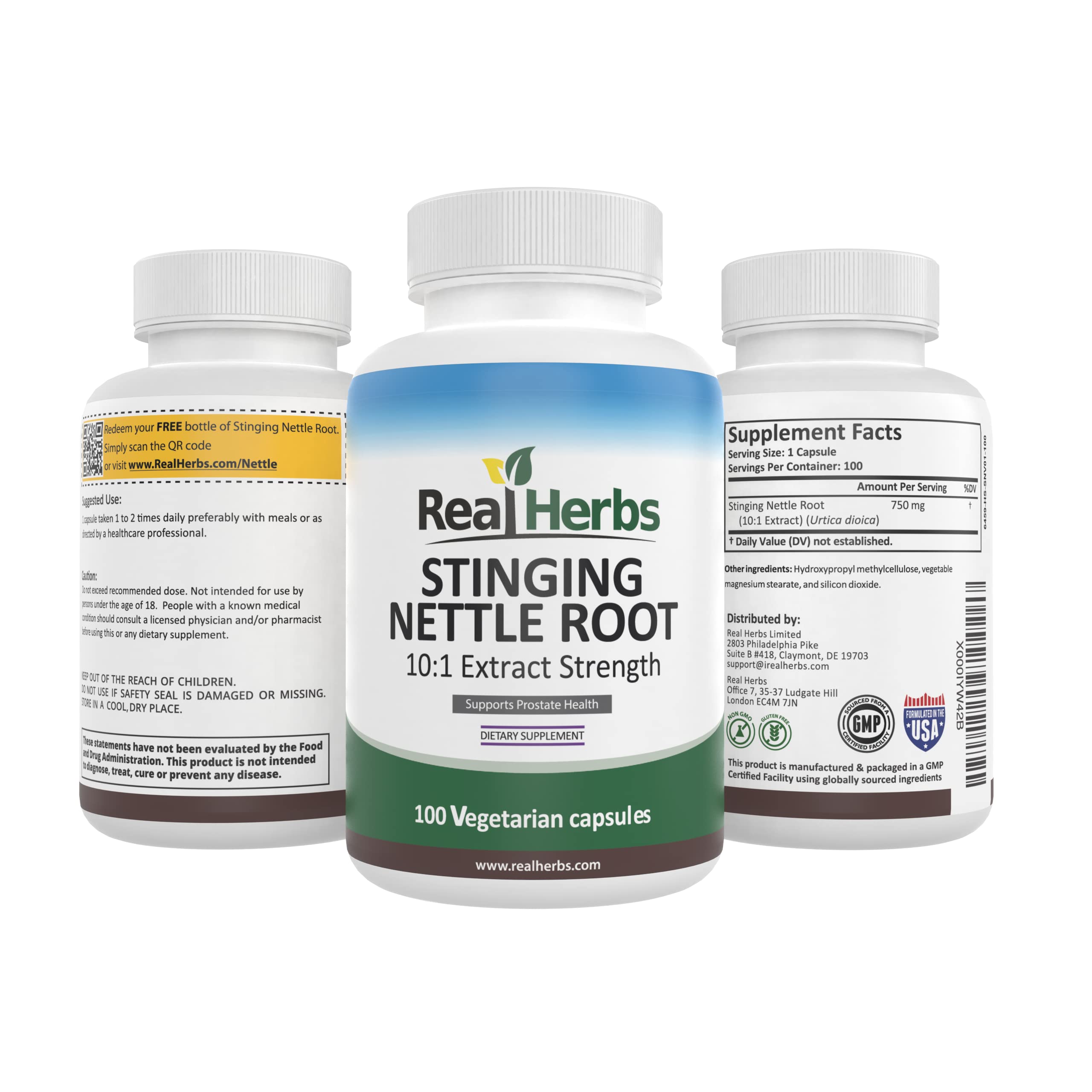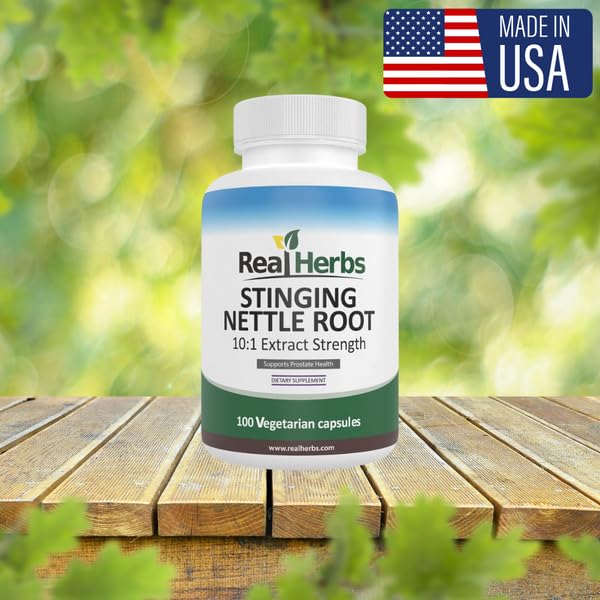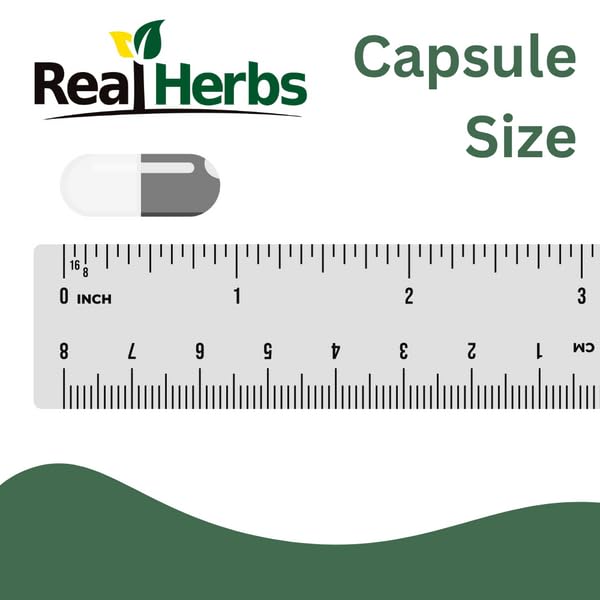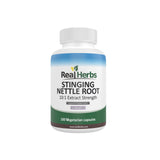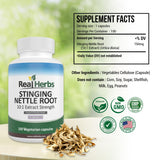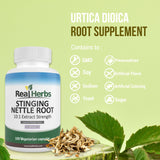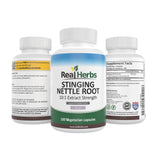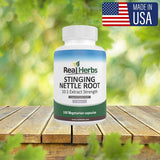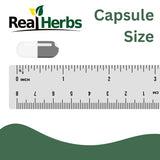Stinging Nettle Root and Antimicrobial Properties: Exploring Natural Defense Mechanisms
Introduction
In the quest for maintaining robust health, the exploration of natural defense mechanisms has become increasingly fascinating. One such intriguing contender in the realm of herbal remedies is the stinging nettle root. Known for its historical uses and nutritional richness, stinging nettle has recently captured the attention of researchers for its potential antimicrobial properties. In this article, we delve into the world of stinging nettle root to unravel its secrets and understand how it may contribute to our body's natural defense mechanisms against harmful microbes.
Background Information
The Stinging Nettle Legacy
Stinging nettle, scientifically known as Urtica dioica, has a rich history rooted in traditional medicine. Native to Europe, Asia, and North America, this perennial plant has been utilized for centuries for its diverse applications, ranging from culinary uses to therapeutic remedies. The distinctive stinging hairs that cover the plant can cause discomfort upon contact with the skin but have not deterred its use in various cultures for its potential health benefits.
Nutritional Richness and Health Potential
Stinging nettle root is a powerhouse of nutrients, including vitamins, minerals, and bioactive compounds. While its leaves have been traditionally used for their nutritional value, recent attention has turned to the root, which is believed to harbor unique properties that could contribute to our natural defense mechanisms. The potential health benefits of stinging nettle root range from anti-inflammatory effects to antioxidant properties.
Antimicrobial Properties of Stinging Nettle Root
Unlocking Nature's Defense Arsenal
What sets stinging nettle root apart in the realm of herbal remedies is its potential antimicrobial properties. Numerous studies have explored the compounds within stinging nettle that may exhibit antimicrobial effects, offering a promising avenue for natural defense against pathogens. Among the key players are flavonoids, polyphenols, and lectins, each believed to contribute to the plant's ability to fend off microbes.
Scientific Validation
The scientific community has not been idle in exploring the antimicrobial potential of stinging nettle root. Several studies have investigated its effectiveness against various microorganisms, including bacteria and fungi. These investigations aim to not only validate traditional uses but also uncover new possibilities for incorporating stinging nettle into modern healthcare practices.

